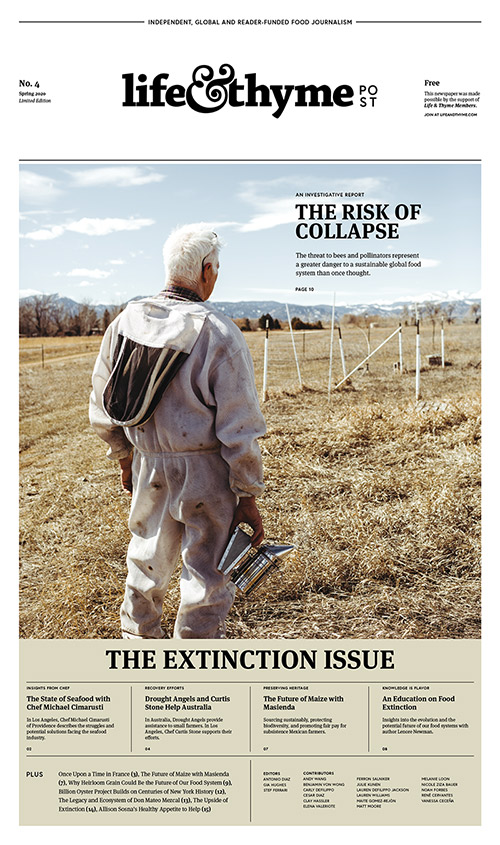
This story can also be found in The Extinction Issue of Life & Thyme Post, our limited edition printed newspaper for Life & Thyme members.
It is an unseasonably warm and sunny day in early February. The branches of most plants at the Quarryhill Botanical Garden in the Sonoma Valley of Northern California remain bare; only the magnolias have begun to bloom. I stop to admire one—a magnolia denudata ornamented with delicate clusters of pale pink petals—and a honeybee catches my eye. She (only female honey bees collect pollen) bustles busily between buds while I observe her narrow striped body, gossamer wings, alert antennae, and the two bright yellow pockets of pollen on her slender legs.
In the last few years, a popular statistic has circulated about these small but captivating creatures: one out of every three bites of food we eat depends on bees. The truth, however, is more complex.
Tim Brod, who has been a beekeeper for almost a half-century and currently keeps “a couple hundred hives” in Colorado, refers to this statistic as “a wonderful sound bite,” but argues, “in fact, pollinators are responsible for much more than that.”
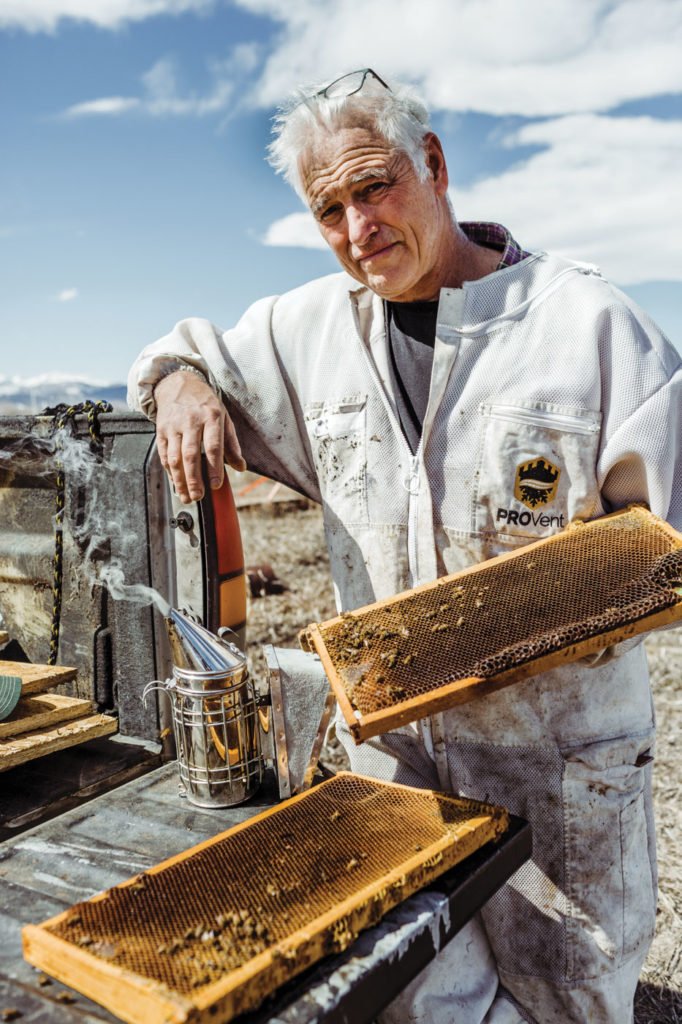
Pollination, which allows plants to reproduce and create new seeds, can occur in a variety of ways. Some plants self-pollinate, while others require help (from wind, water or pollinators, including bees, insects and other creatures) through a process called cross-pollination. Bees pollinate flowering plants, which means they are extremely valuable in the production of some of our favorite crops. Thanks to them, we have almonds, strawberries, cocoa and coffee beans, just to name a few.
Brod points out that bees also pollinate alfalfa, which is used as feed for livestock. Similarly, Peter Kofi Kwapong, founder and director of the International Stingless Bee Center in southern Ghana, explains that bees in forests near the center “pollinate natural vegetation to feed game and wildlife and livestock from which we derive our food.”
In this way, bees contribute not only to the production of fruits and vegetables, but to meat production as well. Even if we were to take into consideration only the influence of pollinators on plants that humans directly consume, their value remains difficult to quantify.
Barbara Gemmill-Herren has worked extensively with pollinators throughout the world, including twenty-five years in Africa, where she was primarily based in Kenya teaching advanced plant ecology at the University of Nairobi. She even has a species of bee named for her: melitta barbarai.
Gemmill-Herren emphasizes the fact that “those crops that depend on pollinators are the ones from which we get the majority of our vitamins and many of the amino acids we need.”
She then adds, “Part of the biology of plants, which is interesting, is that they will put more effort into making a really nice fruit or vegetable the more it’s pollinated.” As a result, those items tend to pack more nutrition thanks to a higher frequency of insect visits. “A strawberry, for example, that’s visited by only one pollinator may be just a little, miserable, knobby thing, versus a strawberry where the flower was visited by a number of pollinators may be big and luscious.”
If bees were to disappear, it would negatively affect not only the quantity of food options available to us, but also the quality of those foods.

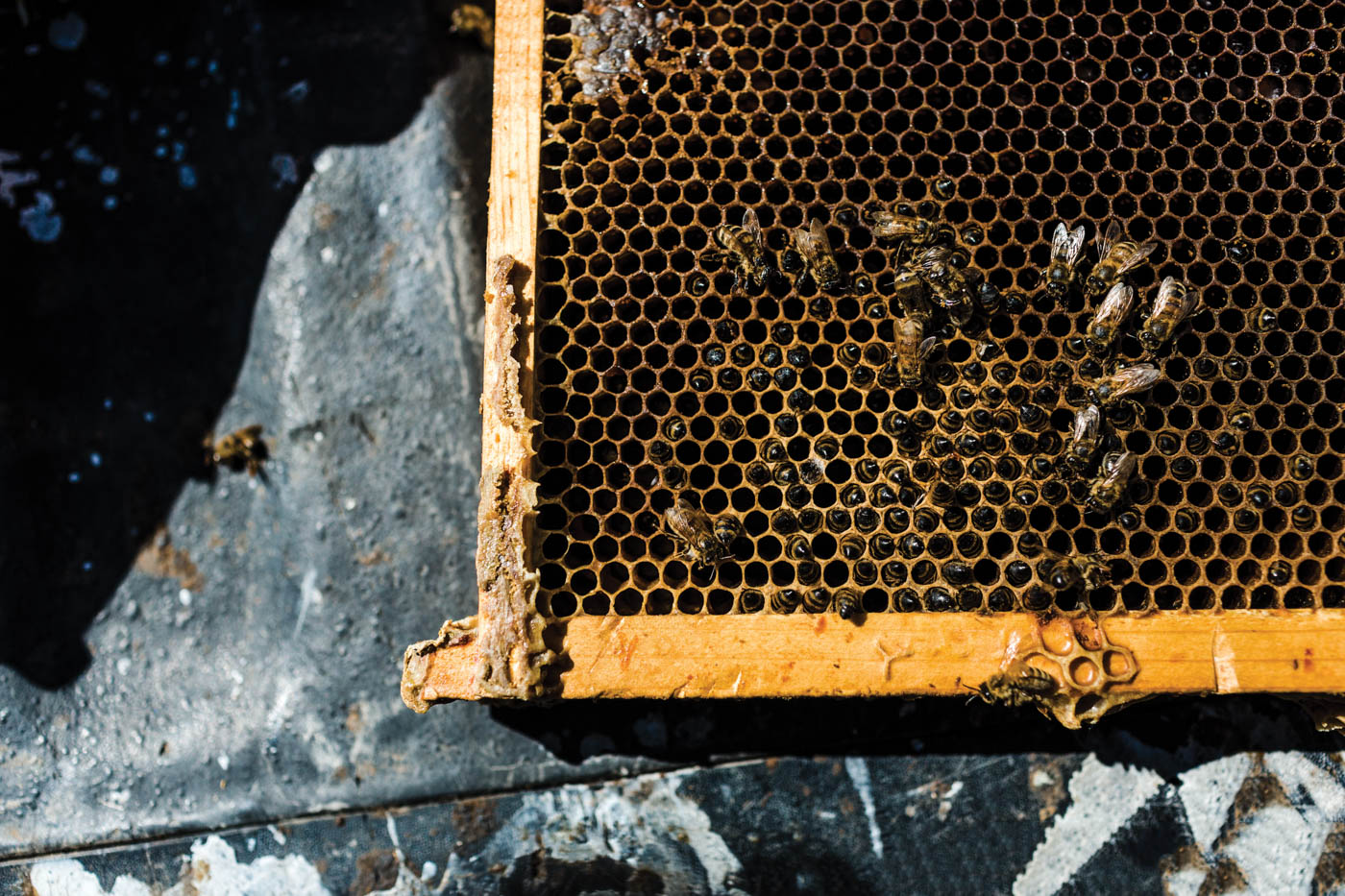
That an abundance of healthy, happy bees would make for an abundance of healthy, happy plants seems logical, but Gemmill-Herren says, “Pollination has been something people have taken for granted because when farming was more small-scale and didn’t use so many agro-chemicals, many farmers didn’t know their yields were depending on pollinators.”
While in Nairobi, Gemmill-Herren worked with some colleagues to start an initiative on pollinators in Africa. This work eventually led her to relocate to Rome, Italy, where she coordinated a global project on pollination for the Food and Agriculture Organization of the United Nations. For eleven years, she was the focal point for this project, which studied pollination practices in Brazil, Ghana, India, Kenya, Nepal, Pakistan and South Africa.
“If small-scale farmers deliberately manage their pollination, by either bringing in hives or keeping semi-natural areas that foster the homes for pollinators, they can address their yield gap by twenty-six percent,” Gemmill-Herren explains. This study demonstrates that farmers growing certain crops do not need to rely on new agricultural technologies. Instead, they can significantly increase the amount of crops they grow simply by caring for the bees in their community.
It is a very important revelation, but Dan Janzen, Professor of Conservation Biology at the University of Pennsylvania, emphasizes that it is not relevant for all farmers. During the last four decades, Janzen has often partnered on conservation projects with his wife, Winne Hallwachs, who has a Ph.D. in behavior of animal-plant interactions in the tropics. Most notably, the two were fundamental in the creation of the Area de Conservación Guanacaste, an area in northwestern Costa Rica designed to protect native plant and animal species that has since been recognized as a World Heritage Site by the United Nations Educational, Scientific and Cultural Organization (UNESCO).
Currently engaged in field work in Costa Rica, Janzen explains via email that the importance of pollinators within our food system “depends on what kind of food and markets you are talking about and for whom; for the wealthy it is very different than for the working and middle class.”
He goes on to observe a particular social injustice of our global food system, pointing out that “major parts of the global food system are not insect-pollinated,” including crops such as wheat, rice and corn. These crops are crucial calorie sources for people around the world and are often more accessible and affordable than crops that rely on pollinators.
But while we may be able to survive on eating mostly grains, it is neither the healthiest nor the most enjoyable way to live. The same goes for bees. “Just as we need diet diversity, so do bees,” says Gemmill-Herren. To demonstrate this point, she references California’s almond trees.
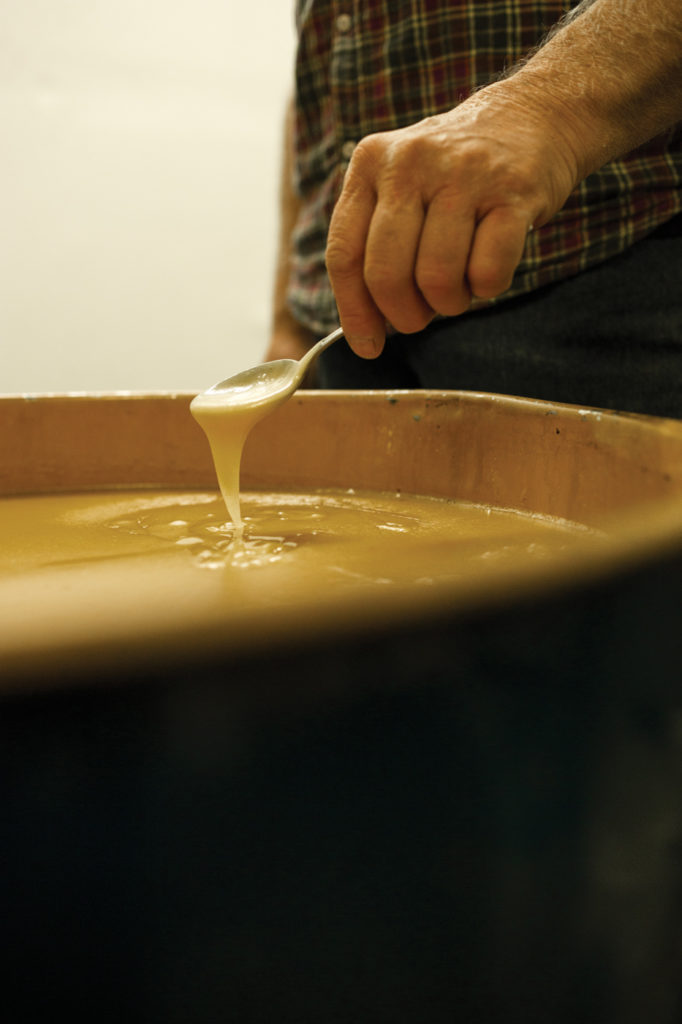
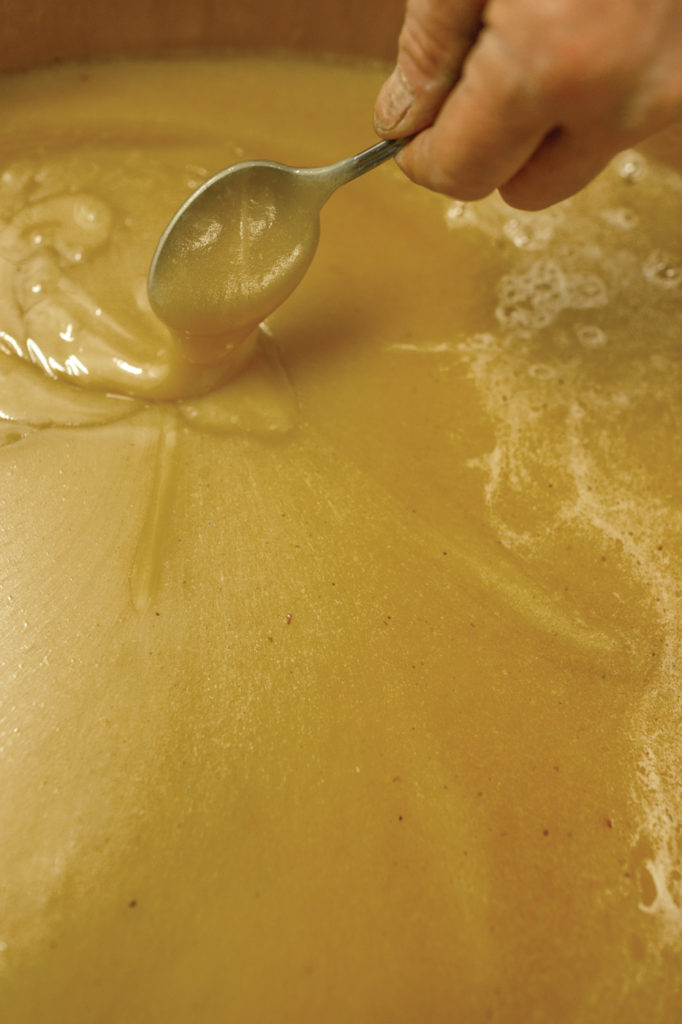
Every year around February, acres of almond trees that grow in California explode with petite, pink-white blossoms. There are not enough bees locally to attend to all these flowers in order to help the trees produce nuts. To pollinate, Gemmill-Herren explains, “Bees have to be shipped in from all over the U.S. (even Canada and at one point Australia) to have enough bees.”
Utilizing bees in this way relegates the insects to a restrictive diet of a single item, and beyond subjecting bees to an excess of almond trees in February, harmful limitations are imposed on their diets all year-round.
Brod, who earlier reflected on links between bees and meat production, comments, “In the last 150 years we’ve turned so much of our diet into an animal protein diet.” As a result, “we’ve changed our landscape, which is a huge part of the problem. Insects can’t live on just grass. Bees need more than one food source. Bee diets, nutritionally, are incredibly compromised.”
As with humans, dietary deficiencies weaken the immune system, making them more susceptible to illnesses. “Bees live these short, intense lives,” says Brod. During this brief period—only about six weeks—many bees are kept near monoculture farms where they are deprived of adequate sources of nutrition and simultaneously face another, greater danger: pesticides. These toxic chemicals designed to eliminate insects may be sprayed at the very moment these bees are flying through the crops.
Perhaps more disturbingly, neonicotinoids (a variety of insecticides that are especially harmful to bees) are used to coat seeds before planting, meaning these deadly substances are present throughout the whole plant as it grows, including in the pollen and nectar.
Brod remarks that, as a beekeeper, “Nowadays, if you’re lucky, only about thirty percent of your bees die every year.” He adds, “Because they’re insects, they’re disregarded.”
What is not disregarded, though, is the multi-billion dollar economic value of bees. “Because honeybees are domesticated, because they’re really important for pollination, there will always be an effort to keep them alive enough for our agricultural system,” says Brod.
The bee that many Americans know best is the apis mellifera, which is not native to North America, although it is found in great numbers there and throughout the world. Because our modern food system would collapse without them, domesticated bees are less in danger than other insects and other bees.
“There are over twenty thousand species of bees known in the world, of which the honeybee is just one,” Kwapong explains. He says that contrary to common knowledge, “many bees do not produce honey and do not sting.” In general, “Bees can be grouped into solitary and social bees (stingless and stinging bees, respectively),” says Kwapong.
Kwapong works with four different species of stingless bees at the International Stingless Bee Center. He founded the center over a decade ago as a sanctuary for stingless bees upon discovering their natural habitats were being destroyed or damaged by profit-driven activities in the area such as logging and illegal mining. In addition to conducting research at the center, Kwapong also initiated a program to train local farmers to go into stingless beekeeping as an alternate livelihood. Today, more than two hundred people farming in Ghana and several neighboring West African countries have been trained as a part of this program.
Brod has likewise been motivated by the loss or degradation of local ecosystems to pursue education and advocacy projects in his community. “The big picture is that we have environmentally done such overarching, out-of-balance manipulation of our land mass that we’re killing species at alarming rates,” claims Brod.
Determining just how many species have been negatively affected by human activities, such as modern intensive agriculture, remains a challenge. “It’s difficult to monitor with insects. They’re not like tigers or elephants, which we can see more easily,” points out Gemmill-Herren.
Janzen, on the other hand, feels monitoring the extinction of insect species is not the most urgent task at hand. “I am focused on doing something about it,” he writes, “rather than measuring it.”
Janzen speaks of a fire that was already burning when he first began developing a concept now known in numerous fields of research as “the extinction of ecological interactions.” Janzen explains, “The world is a huge network of ecological interactions from a tiny scale to whole continents, and from a few species in one place to millions of species in bigger places. When one species is extinguished, or its density grossly altered, this impacts all of its various interactions, causing the interactions themselves to disappear.”
In the case of pollinators, the consequences of potential ecological extinctions could seem abrupt. “One morning you wake up and find that the raspberry bushes behind your house have no raspberries on them. What happened?” Janzen writes. It is not until it’s too late that the “insidious” forces behind these extinctions may become clear to us.
“In the Cretaceous period we had an asteroid land on the Earth and kill off seventy percent of the Earth’s species. You and I are now that asteroid doing the exact same thing,” Brod says.
When considering the future of pollinators, Janzen emphasizes the need for awareness and individual responsibility. “I do not deal in hope or fear,” he says. “I just try to do the best I can.” One of the many ways Janzen is working to protect insects and their natural habitats is through BioAlfa. This project is centered on the development of DNA barcodes for Costa Rica’s native species, which would allow all people to digitally document and discover them. It is based on the belief that awareness and understanding of the world’s natural biodiversity are fundamental for fostering a sense of accountability and agency when it comes to conservation.
“Agriculture does not need to be the enemy of bees,” says Gemmill-Herren. She reports that monoculture farms that heavily use pesticides are contributing to the loss of pollinators in North America and Europe, but she sees great potential for Africa and Asia. She cites, as a positive example, a colleague in Kenya who monitors bees in natural forests and agricultural fields. Her colleague found that the bees even prefer agricultural fields to the natural forests when farmers cultivate a variety of plants and avoid pesticides.
Kwapong echoes Gemmill-Herren’s belief that agriculture and bees can thrive together, saying, “Bees are, and must be, farmers’ friends.”
Just as humans are heavily dependent on bees to provide us with bountiful, nutritious, diverse sources of food, they are also dependent on us to provide bountiful, nutritious, diverse sources of food.
Beyond implementing bee-friendly habits and practicing mindful consumerism, there is much more that can be done: engaging in education and advocacy initiatives centered on protecting pollinators, electing leaders who are committed to preserving our natural environment, uniting in celebration of World Bee Day on May 20, or standing in a garden watching a bee pollinate a flower and cheer her on.
Coming to terms with the situation is a crucial first step. We must accept responsibility for what we have done and seek to know what we can do to prevent further harm. We cannot overcome this on a wing and a prayer. For better or for worse, we hold an immense amount of power in determining the future for pollinators.





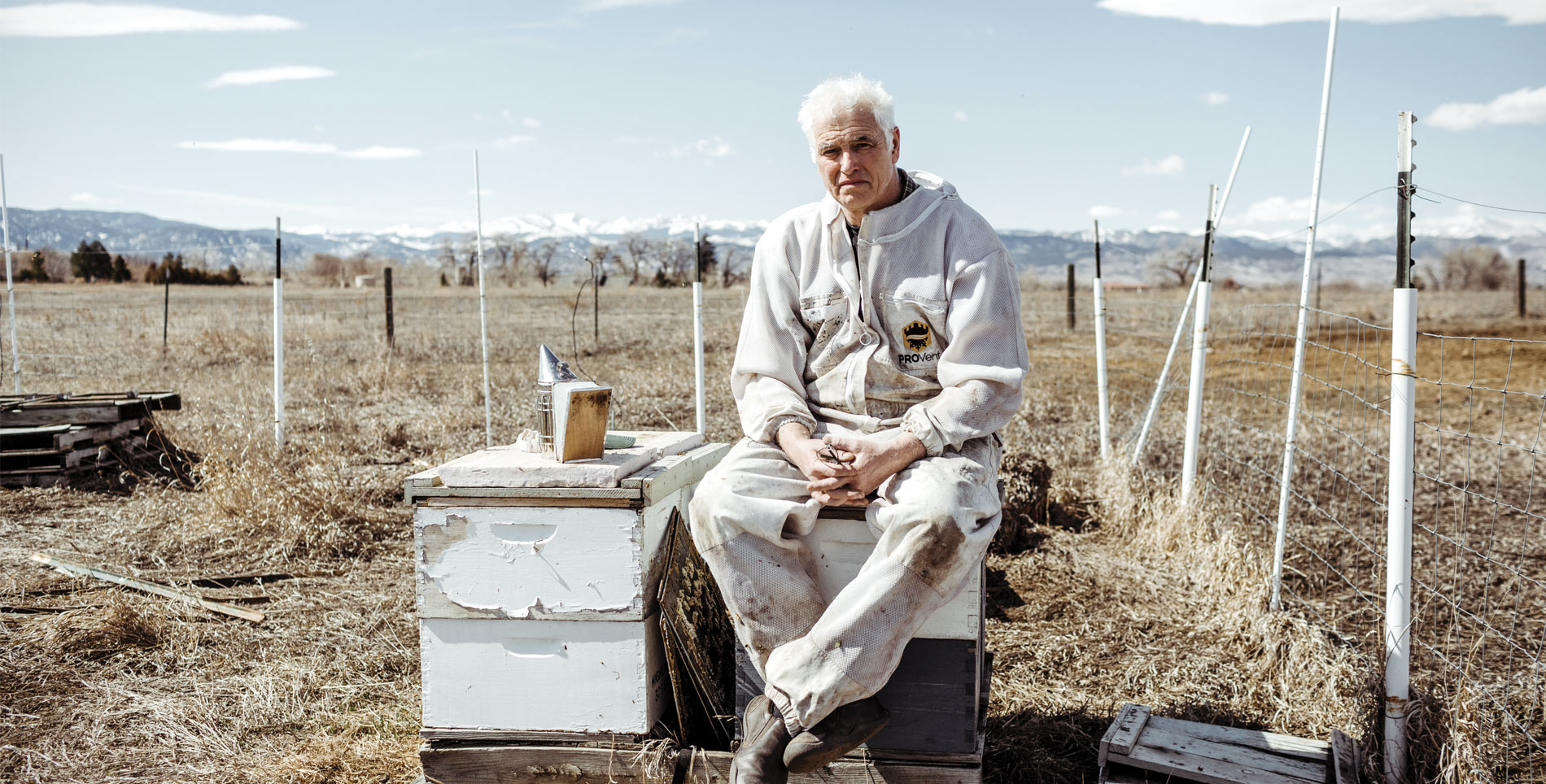

Our comments section is for members only.
Join today to gain exclusive access.